Last weekend I was too busy to do something because of a lot of presentations and a after work party of my research group. After that, I was still very long time with some colleagues at a Karaoke bar. Karaoke is partly already known in Germany Here in the country of origin it is almost impossible not to find a karaoke bar. They are not everywhere
, but easy to find, even if you can not speak Japanese. You can then rent a room and sing the whole night, be it alone, in duet or duel. The choice varies according to the bar, but thousands of songs are possible. Also foreign songs are included, even if this selection is comparatively lower. One have to look which bar the larger selection has. Oh, and if you’re going to karaoke, you have to sing. Being there and not singing is an absolute no go, even if you can’t sing. And with some luck, there is also a subtitle function, so the characters are displayed in Romanji (Latin writing), so you can sing along if you can not read the characters fast enough.
On Saturday I visited the Toro excavation site here in Shizuoka. There were remains of the wet rice cultivation from the late Yaoi period (about 100 AD). In addition, an almost complete settlement from the Neolithic period with its earth-pit houses. In addition, pile dwellings as stockpiles. These were on piles around the supplies, among others from animals. The even had extra wooden plates around the piles which make climbing for rats impossible. They had a construction which manages without nails and uses a kind of plugging system which produces a very stable building. The site was discovered in 1943, developed between 1947 and 1948, and today is largely protected by the arts. The site also includes a museum, but photos were forbidden. On the same site is another museum, an art museum. The museum shows works and collections of Serizawa Keisuke (1895-1984), who was one of the living national treasures of Japan. He was famous for his dyeing technique, with which he was also the first to dye Japanese paper. Since photos were also forbidden, just a photo of the English flyer with a few exhibits.
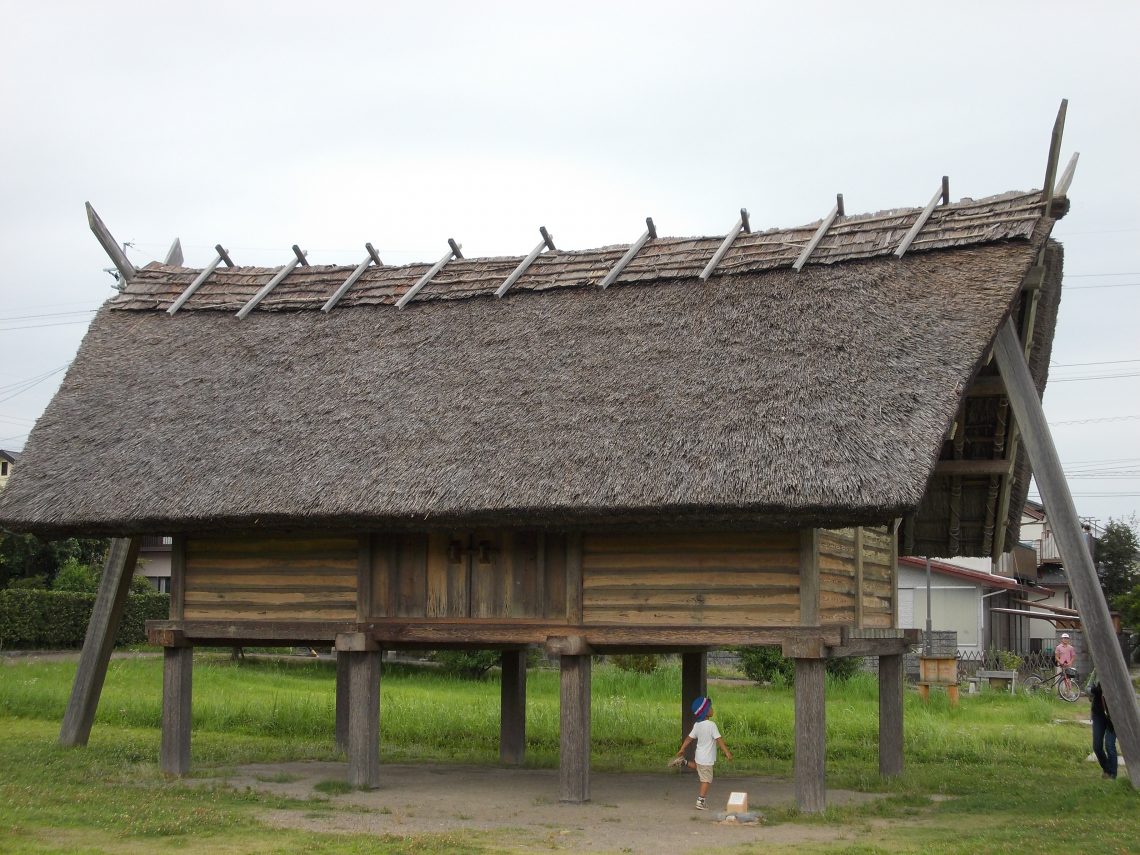
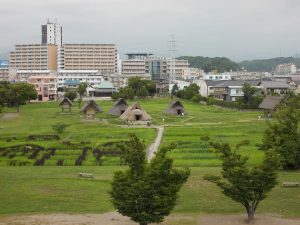

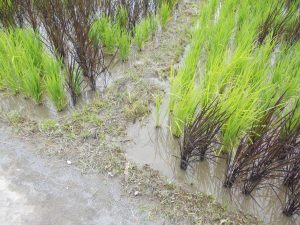

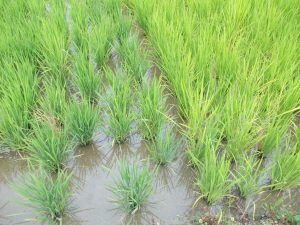
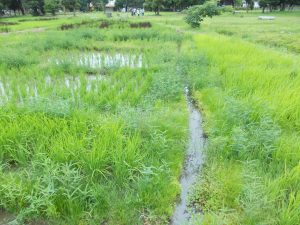
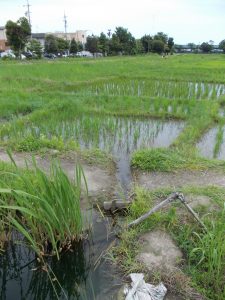
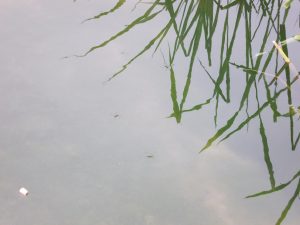




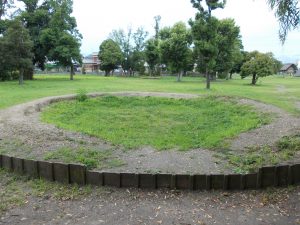
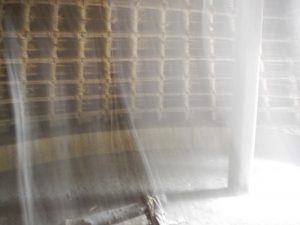

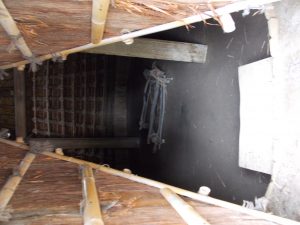
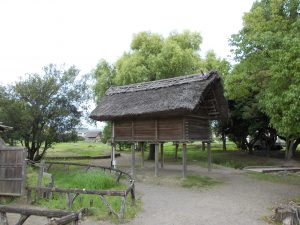
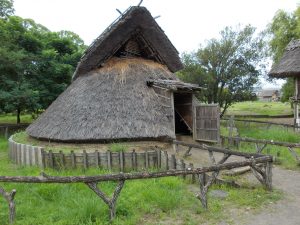

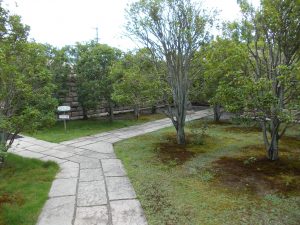

No Comments